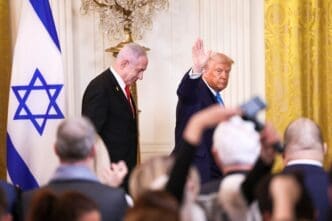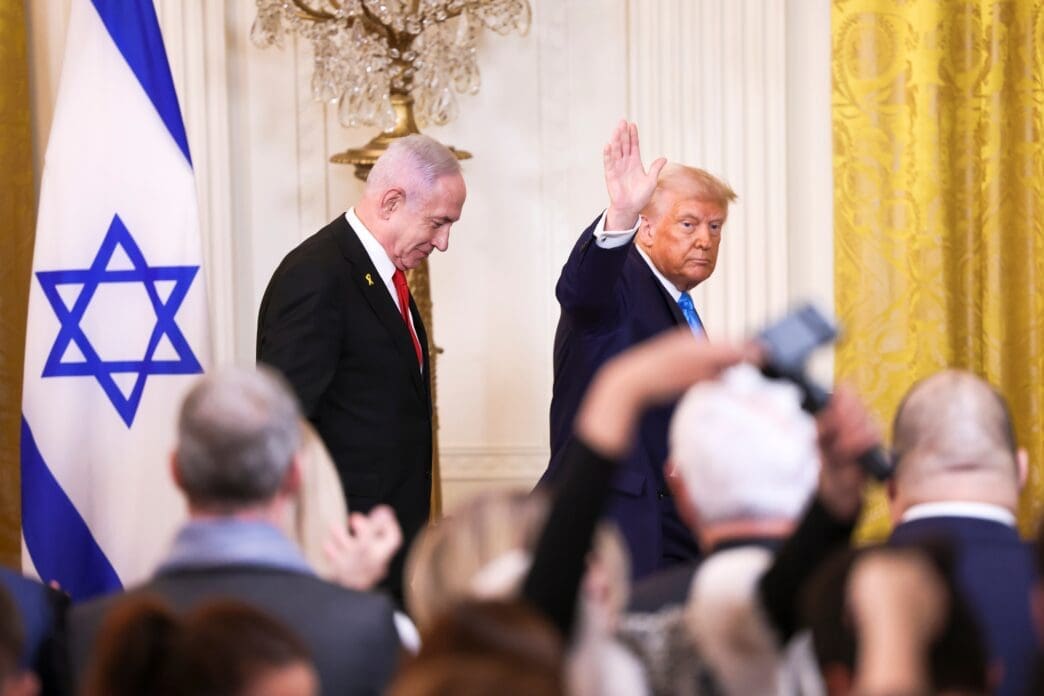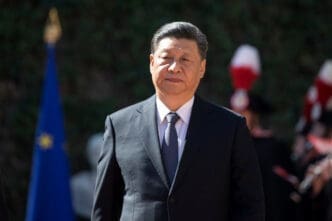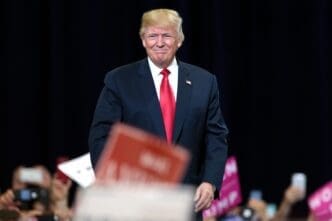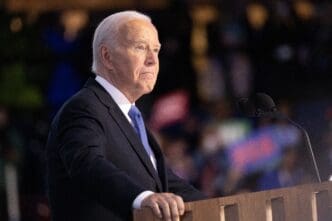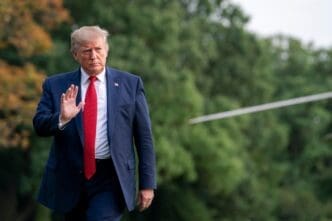Executive Summary
The Story So Far
Why This Matters
Who Thinks What?
President Donald Trump’s ambitious peace initiatives in Ukraine and the Middle East are encountering significant obstacles, with the president halting plans for a second summit with Russian President Vladimir Putin and a brokered ceasefire between Israel and Hamas remaining tenuous. The developments, occurring in mid-October 2025, highlight the complexities of resolving two ongoing conflicts that demand sustained U.S. engagement.
Ukraine Peace Efforts Encounter Setbacks
President Trump announced he would not pursue a quick second summit with Russian President Vladimir Putin, stating he did not want to “waste his time.” This decision came after a Monday call between Secretary of State Marco Rubio and his Russian counterpart failed to produce breakthroughs in peace negotiations.
The move follows a turbulent week that saw Trump considering sending cruise missiles to Ukraine, reportedly being dissuaded by Putin, and then engaging in an Oval Office clash with Ukrainian President Volodymyr Zelensky. The article suggests that Trump’s efforts have primarily served to underscore Putin’s apparent lack of genuine interest in peace.
Further complicating matters, Russia launched a new wave of drone attacks on Ukrainian power plants, signaling a return to its strategy of weaponizing winter against civilians. Russia’s fundamental position, demanding Ukraine cede territory in the eastern regions of Luhansk and Donetsk, remains unchanged and unacceptable to Kyiv.
This impasse has led Trump to revert to his previous position, suggesting that warring parties should cease fighting along current frontlines. Zelensky, however, indicated that without Trump coercing Putin to the negotiating table, little progress would be made, especially after the prospect of Ukraine receiving long-range capabilities diminished.
Middle East Ceasefire Remains Fragile
Concurrently, Vice President JD Vance rushed to the Middle East to shore up the ceasefire between Israel and Hamas, which President Trump had expressed hopes would forge “everlasting peace” just last week. The stability of this agreement, however, remains precarious.
The ceasefire teetered after Israel accused Hamas of killing two Israeli soldiers, prompting retaliatory airstrikes that resulted in dozens of casualties in Gaza. Vance’s visit aimed to reassert the U.S. commitment to the agreement and urge both sides to adhere to its terms, despite acknowledging the inherent uncertainties.
A central challenge lies in bridging the gap between the initial pause in fighting and the broader peace plan, which envisions Hamas disarming and politically disengaging. Hamas has reportedly used the cessation of hostilities to reassert control over Palestinians in Gaza through revenge killings, raising doubts about its willingness to lay down arms.
While an international peace force is theoretically envisaged for the Gaza Strip, its formation is still in early stages, leaving the ceasefire vulnerable. President Trump has publicly urged “NOW GREAT ALLIES” in the Middle East to contribute a “heavy force” to Gaza if Hamas continues to violate the agreement, though no regional states have publicly committed troops.
Continuing Challenges for Peace Initiatives
Both President Trump’s peace efforts in Ukraine and the Middle East underscore the immense challenges involved in translating diplomatic ambitions into stable resolutions. The complexities of ongoing conflicts, coupled with the differing objectives of the involved parties, necessitate constant and dedicated U.S. engagement.

